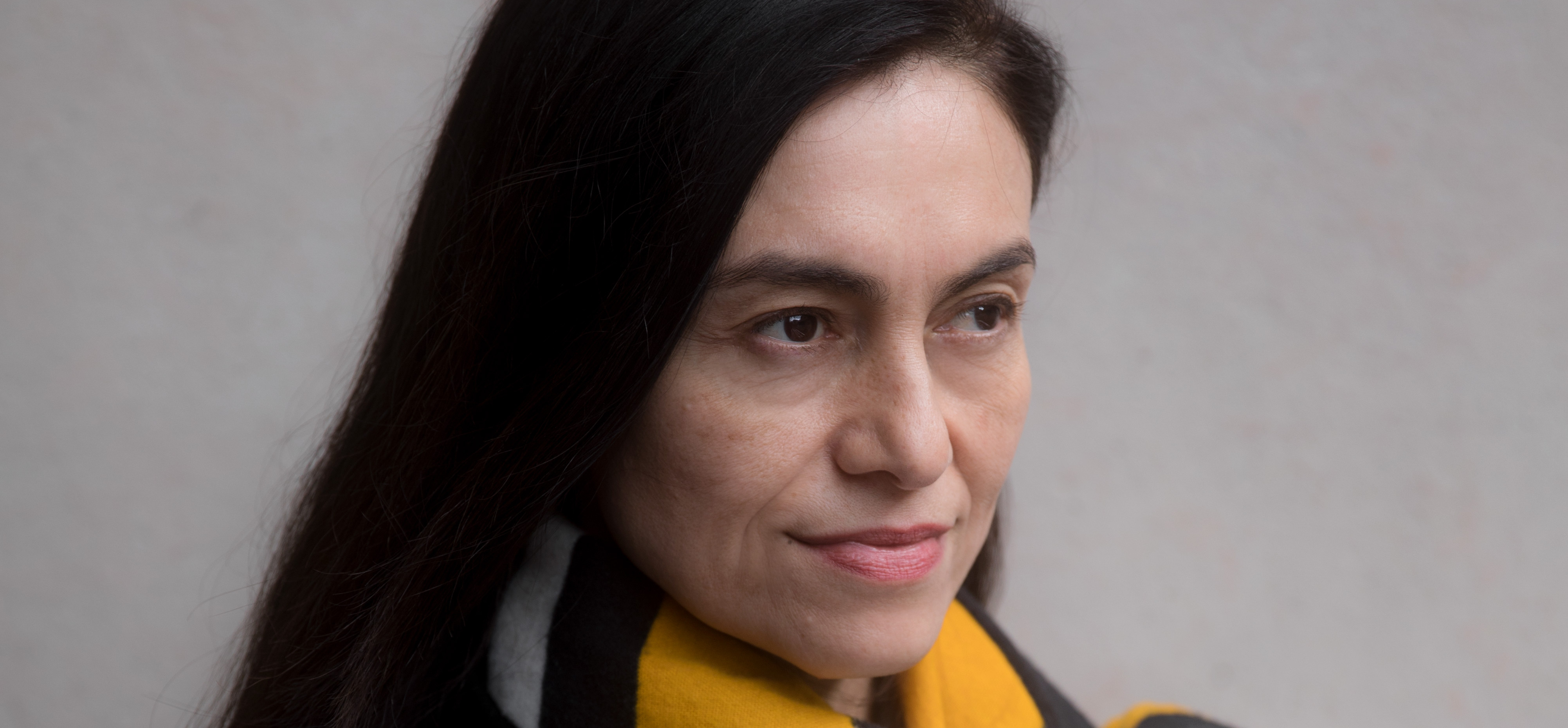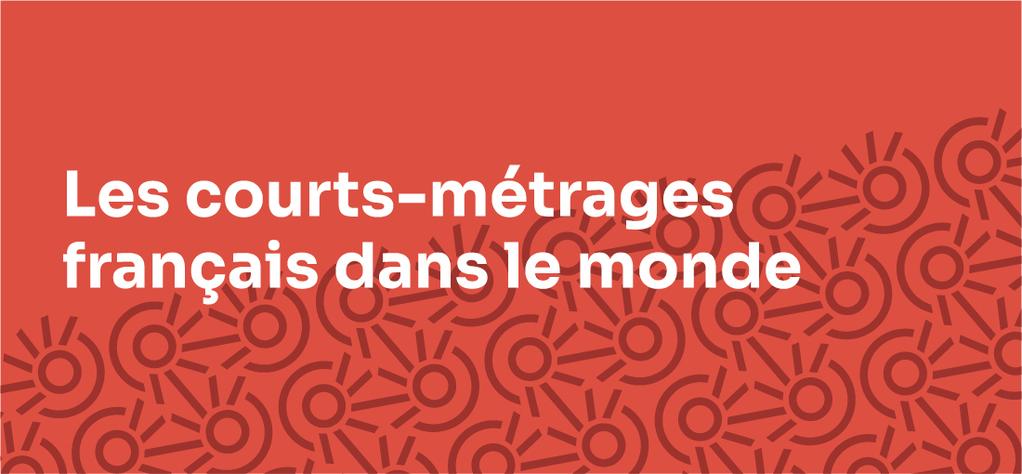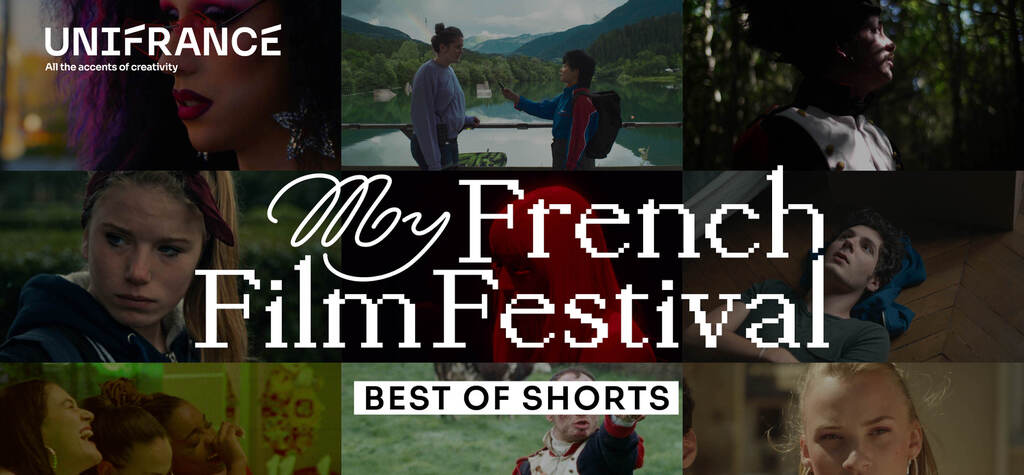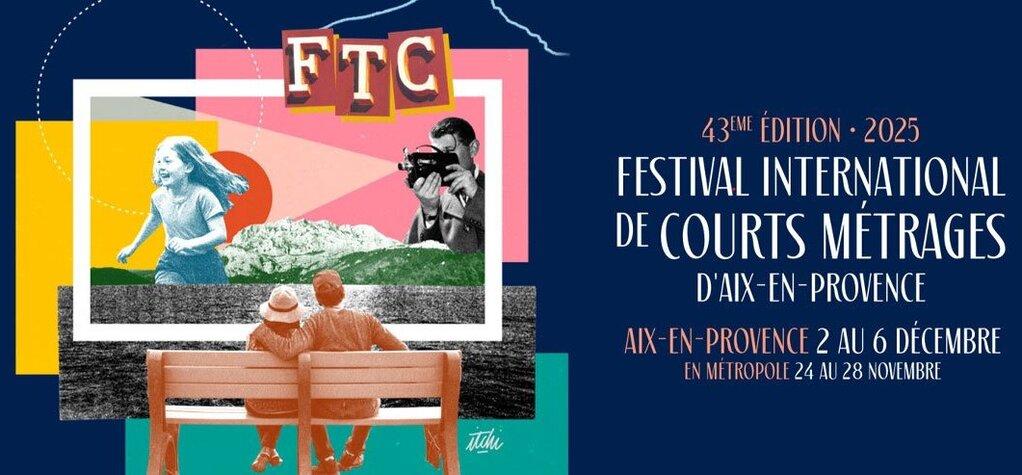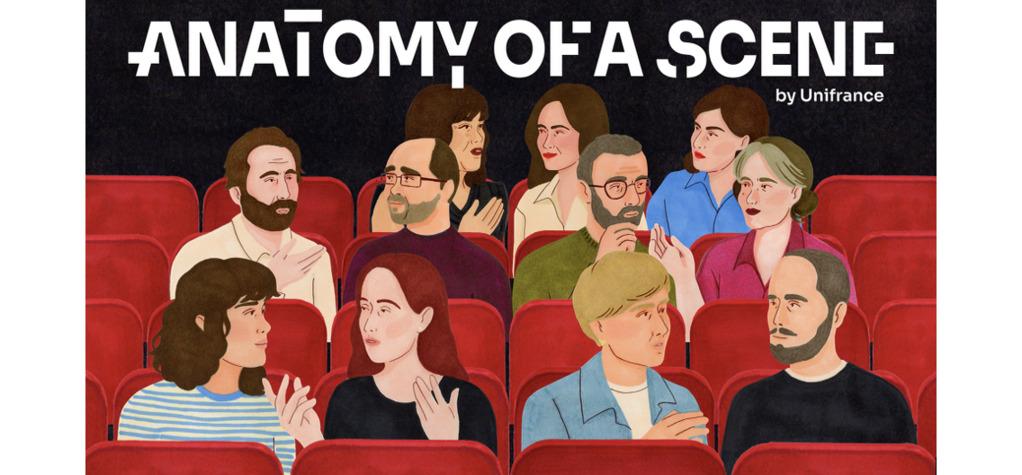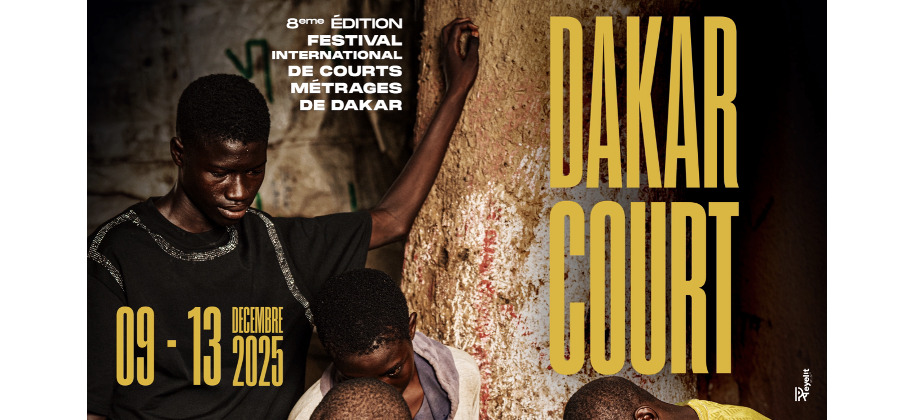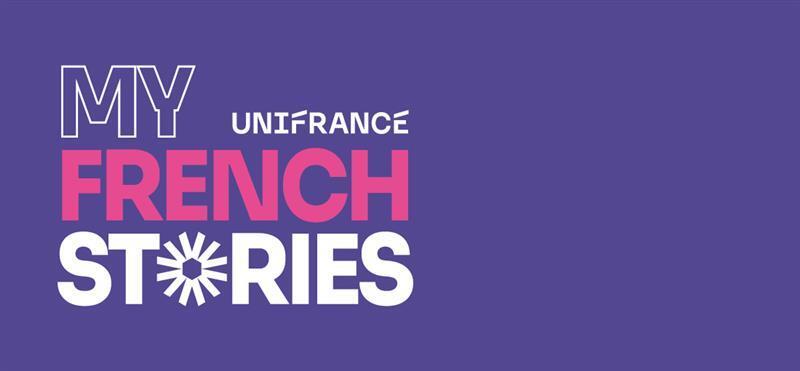Maria-Christina Villaseñor is program director for the New York International Children's Film Festival (NYICFF), which celebrates its 25th anniversary this year and whose timing (February 23 to March 18) coincides with the New York Rendez-Vous. This year, around 20 French films are programmed at the NYICFF, demonstrating once again the strong presence of French animated films in the international circuit.
Has the concept of the festival changed since it was first launched?
The spirit of the festival has remained the same—aiming to bring children in contact with film directors and films from around the world—but at the same time, the festival has changed a great deal, such as our desire to offer children films that are more complex, that will challenge them and give them something to think about. And, little by little, due to the fact that animation has become increasingly important to the film-going public in recent years, we realized that we attract many adults who are big fans of animated films and who know that there are actually very few places, even in New York City, where they can see anything apart from US productions. We also adapt to the new languages of cinema. This year we launched our first VR section in the hope of seeing the development of a new avenue of artistic expression.
With 5 features and 13 shorts included this year, French films are well-represented in the 2018 selection. Is this pure chance?
Not at all. French cinema has always had a strong presence at the NYICFF, particularly animated films. This year, Benjamin Renner gave us the pleasure of presenting Big Bad Fox & Other Tales at the festival and taking part in a Q&A with children. I've noticed that there are many female directors of animated films in France, which I'm very happy to see. Animation has a strong history in France, where there is true freedom of expression, particularly in terms of dialogue. And the tradition of more classical animated films based on children's books—I'm thinking of films like Ernest & Celestine, which was a major hit when we presented it at the festival some years ago—has not waned due to the rise of 3D, even if in this area French animation schools are currently producing some incredibly talented filmmakers. For example, we have Gokurosama in this year's program, a film directed by a group of French film students that's set in a Japanese shopping complex. This film shows great wit and visual inventiveness, it's a film that I particularly like.
Do you think that young audiences differentiate films according to their country of origin, and that this may be problematic?
We are an international film festival which is recognized by the Oscars and we would like the films we present to be taken seriously in terms of the representation of the culture from which they originate. As much as we can, we show films in their original language. And since we have a lot of Francophiles who come to the festival, French is a language we hear being spoken very often! We don't underestimate children. Festivals are often a little nervous when presenting films in their original version with subtitles, but we've noticed that as soon as children are able to read, they're very excited about reading subtitles, they enjoy being thrown in at the deep end. And some children who come to the festival already speak French, while others speak other languages that are spoken in other films. New York is a very cosmopolitan city. We know that children now are far more immersed in images than was the case in the past, but we also feel that there's still a gap between what they see and what they understand, notably when it comes to foreign cultures. It seems to me that today, fostering children's cultural development and allowing them to be active spectators is fundamentally important. This is why we organize a large number of activities around film screenings, such as votes and screenings held with the participation of directors, as well as discussions with audiences, so that audiences feel that the film they see will inspire them to talk about it afterwards. The NYICFF is first and foremost a meeting place.


